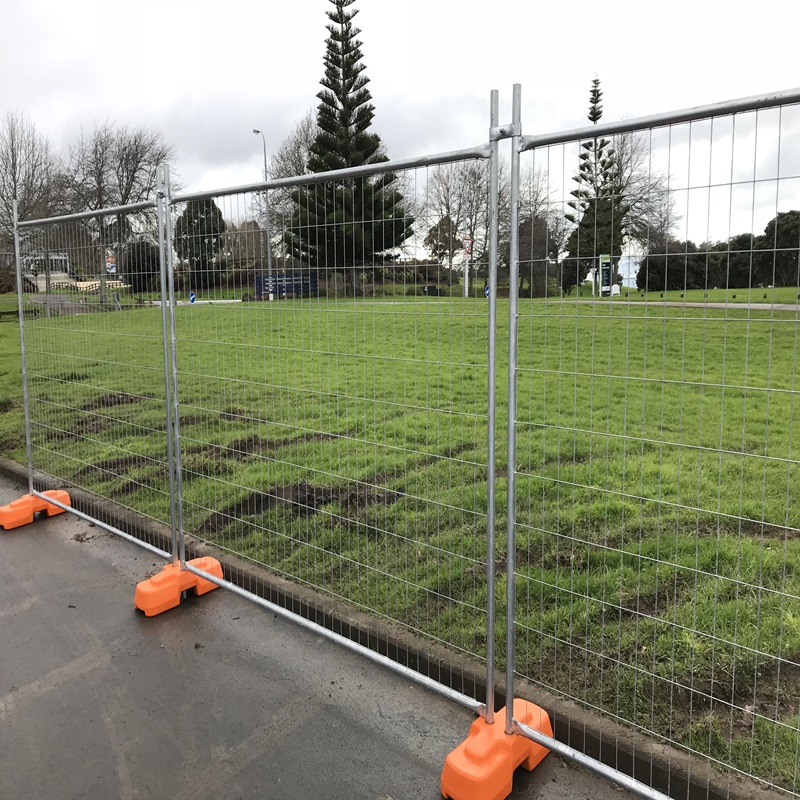Dec . 12, 2024 09:13 Back to list
steel bar grating
Understanding Steel Bar Grating An Essential Component in Construction and Design
Steel bar grating has become an indispensable material in various industries due to its versatility, strength, and durability. Often utilized in construction, manufacturing, and infrastructure, this type of grating consists of a grid-like pattern of steel bars, typically welded or pressed together. The unique design allows for effective weight distribution, excellent drainage, and high load-bearing capacity, making it an essential component in numerous applications.
Features and Benefits of Steel Bar Grating
One of the primary advantages of steel bar grating is its structural integrity. Made from high-quality steel, it can withstand harsh environmental conditions, making it ideal for outdoor applications where exposure to the elements is a concern. The open design of the grating allows for efficient drainage, preventing water accumulation and helping to reduce slip hazards in areas prone to moisture.
Additionally, steel bar grating is customizable. It comes in various sizes, thicknesses, and bar spacing, ensuring that it can meet the specific requirements of a project. Industries can select from different steel grades, including carbon steel, stainless steel, and aluminum, depending on the application’s needs. For instance, while carbon steel is cheaper and widely used, stainless steel offers superior corrosion resistance, making it suitable for chemical or marine environments.
Applications of Steel Bar Grating
Steel bar grating is utilized across a wide range of sectors. In the construction industry, it is frequently employed as flooring for walkways, platforms, and stair treads. Its ability to support heavy loads makes it a popular choice in industrial settings, such as factories and warehouses, where equipment and personnel move frequently.
steel bar grating

Moreover, many municipalities incorporate steel bar grating in infrastructural projects, such as bridges and drainage systems. It serves as both a functional and aesthetic element, allowing for vehicular and pedestrian traffic while maintaining a safe environment. The material’s non-slip surface enhances safety, particularly in high-traffic areas.
In addition to heavy-duty applications, steel bar grating is also used in architectural design. With its industrial look and customizable nature, it can be found in everything from modern buildings to artistic installations. Designers appreciate the interplay of light and shadow created by the open grid, adding a unique character to spaces.
Maintenance and Longevity
While steel bar grating is inherently durable, proper maintenance can extend its lifespan significantly. Regular inspections to check for wear and tear, particularly in corrosive environments, are crucial. Cleaning is also important, as debris can accumulate in the grating’s openings, potentially leading to blockage. Depending on the environment, applying protective coatings can help prevent rust and corrosion, ensuring the longevity of the material.
Conclusion
In summary, steel bar grating is a fundamental material that plays a crucial role in construction, design, and safety across various industries. Its strength, durability, and versatility make it suitable for numerous applications, from industrial flooring to architectural features. As industries continue to evolve, the demand for innovative materials like steel bar grating will likely remain high, ensuring its place as a vital component in modern infrastructure and design. Understanding its features, benefits, and maintenance needs can help stakeholders make informed decisions when incorporating steel bar grating into their projects, ultimately leading to safer, more efficient, and aesthetically pleasing environments.
-
Temporary Fencing Solutions-Hop Dipped Galvanized / PVC Coated Fences|Anping County Xingzhi Metal Wiremesh Products Co.,Ltd
NewsAug.07,2025
-
Hot-dip Galvanized Flat Wrap Razor Wire: High-Security & Durable
NewsAug.07,2025
-
Temporary Fencing Solutions-Anping County Xingzhi Metal Wiremesh Products Co., Ltd.|Welded Wire Mesh&Chain Link Mesh
NewsAug.06,2025
-
Hop Dipped Galvanized / PVC Coated Temporary Fence - Anping County Xingzhi Metal Wiremesh Products Co., Ltd | Durable, Corrosion-Resistant, Easy Installation
NewsAug.06,2025
-
Hop Dipped Galvanized / PVC Coated Temporary Fence - Anping County Xingzhi Metal Wiremesh Products Co., Ltd
NewsAug.06,2025
-
Hop Dipped Galvanized PVC Temporary Fence-Anping Xingzhi|Modular Corrosion
NewsAug.06,2025



